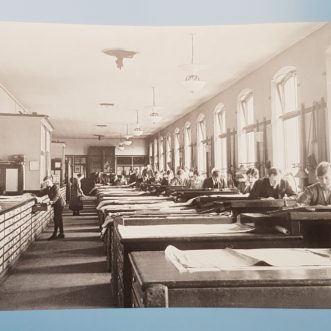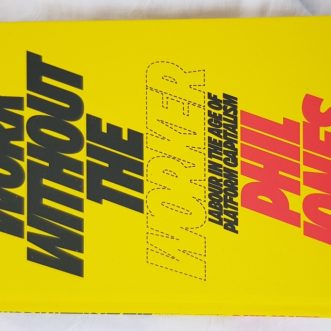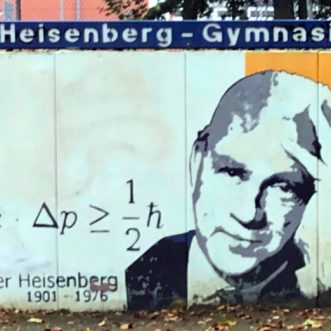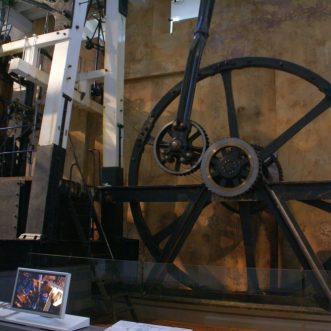
Cheating on your best clients
Turning clients into fans, champions and advocates of your business is brilliant. And not without ongoing cost. If you want to keep them as fans, you have to pay more attention to them than you might think.
For example if your loyal clients have been among the first to buy your ‘one-off, limited edition, short-run, never-to-be-repeated’ thing, don’t give them a free copy in the goody-bag at the next live event they attend. And certainly don’t repeat that mistake at the next one.
As you know, I’m a big fan of consistency, but consistency doesn’t have to mean treating everyone the same. If you have the data – who bought the thing, who’s attending previous events, who’s attending this one, it doesn’t take much effort to find the intersections and tailor your goody-bags accordingly. In fact, giving everyone a named goody-bag only makes things better.
Another example. It’s good to repackage and repurpose content to reach a slightly different segment of your community. Perhaps not so good to sell it to everyone, including those who’ve seen it before. Removing them from your mailout is not hard. Creating an experience that rhymes and reinforces is an even better solution.
Loving your loyal clients back has to be genuine, or the illusion perfectly maintained.
Otherwise, your best fans will feel cheated. And that doesn’t end well for the cheater.









